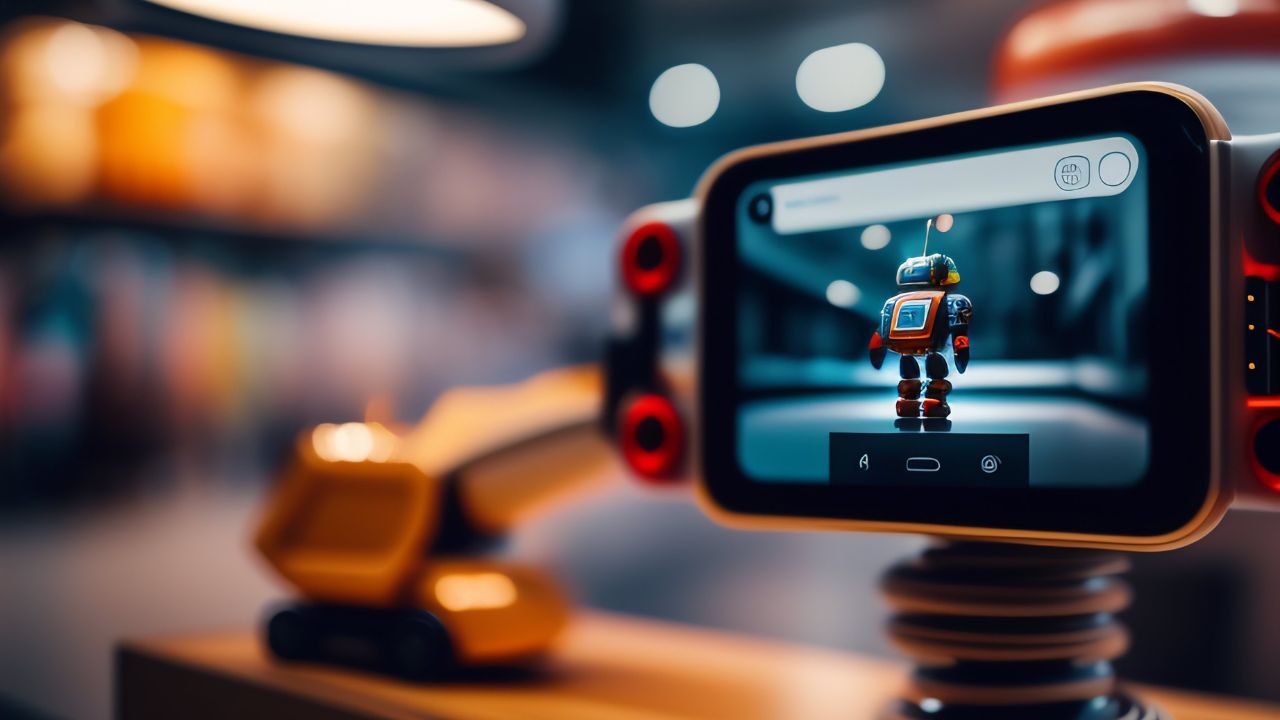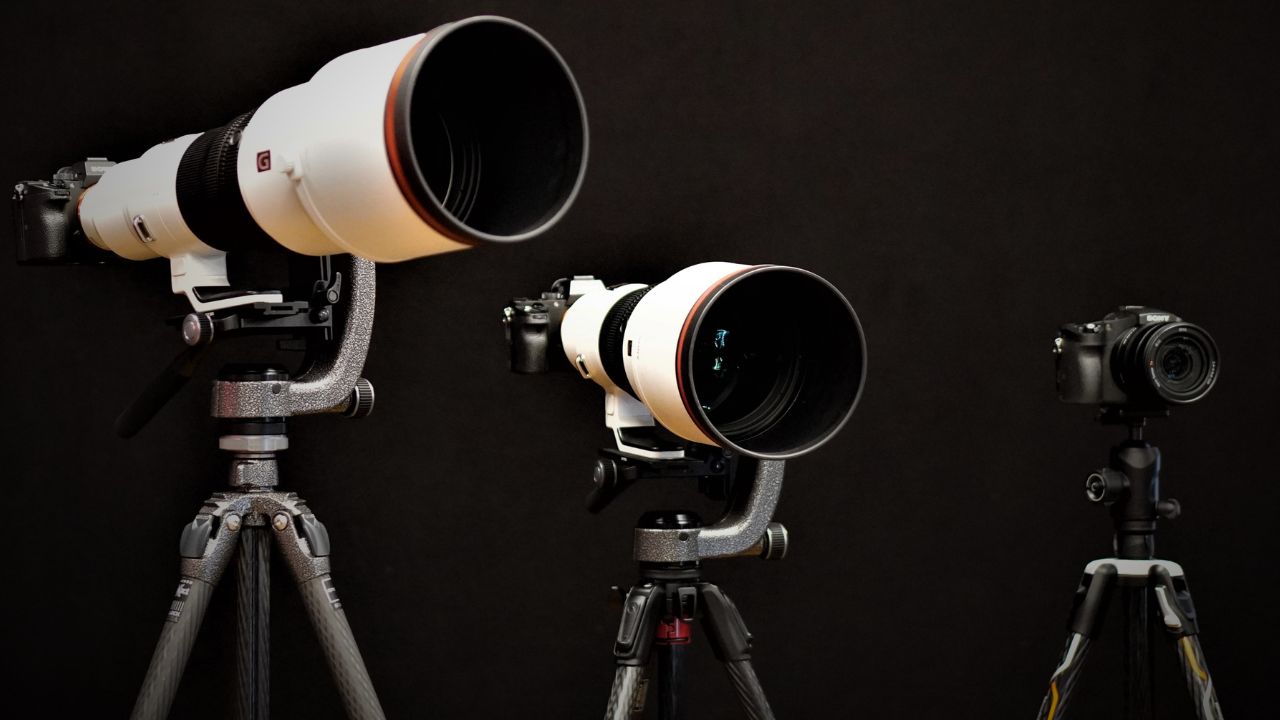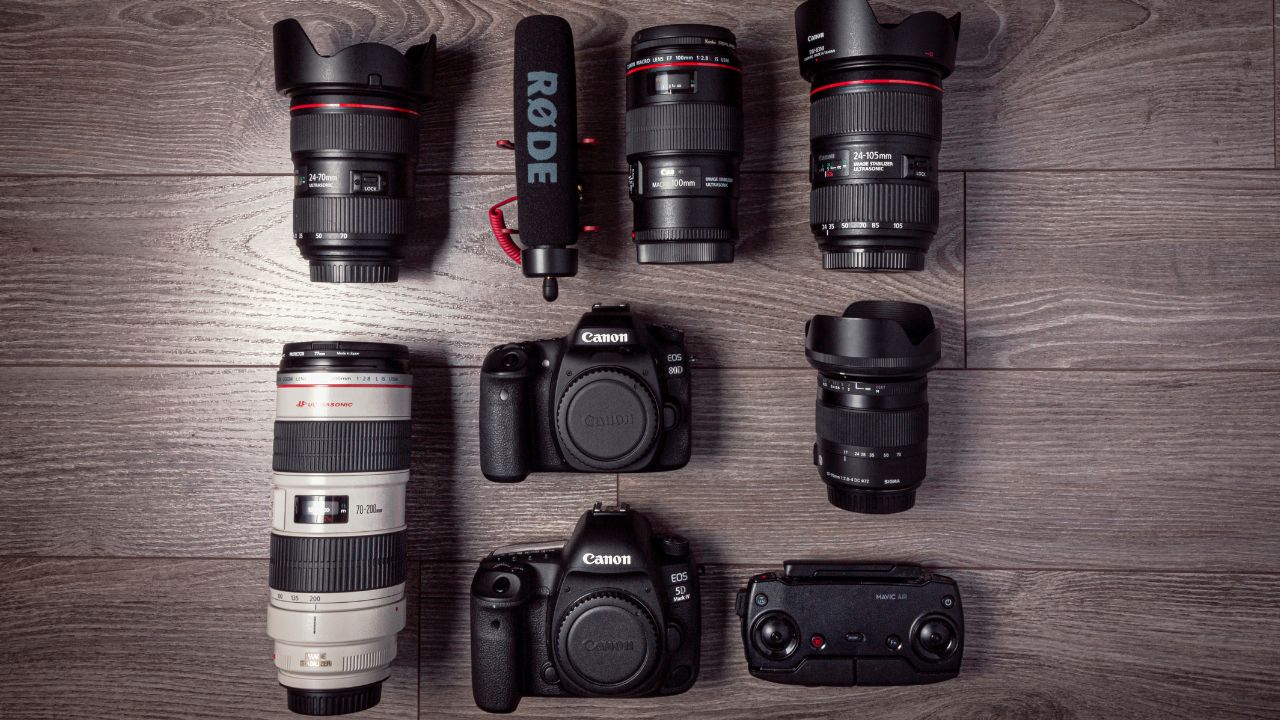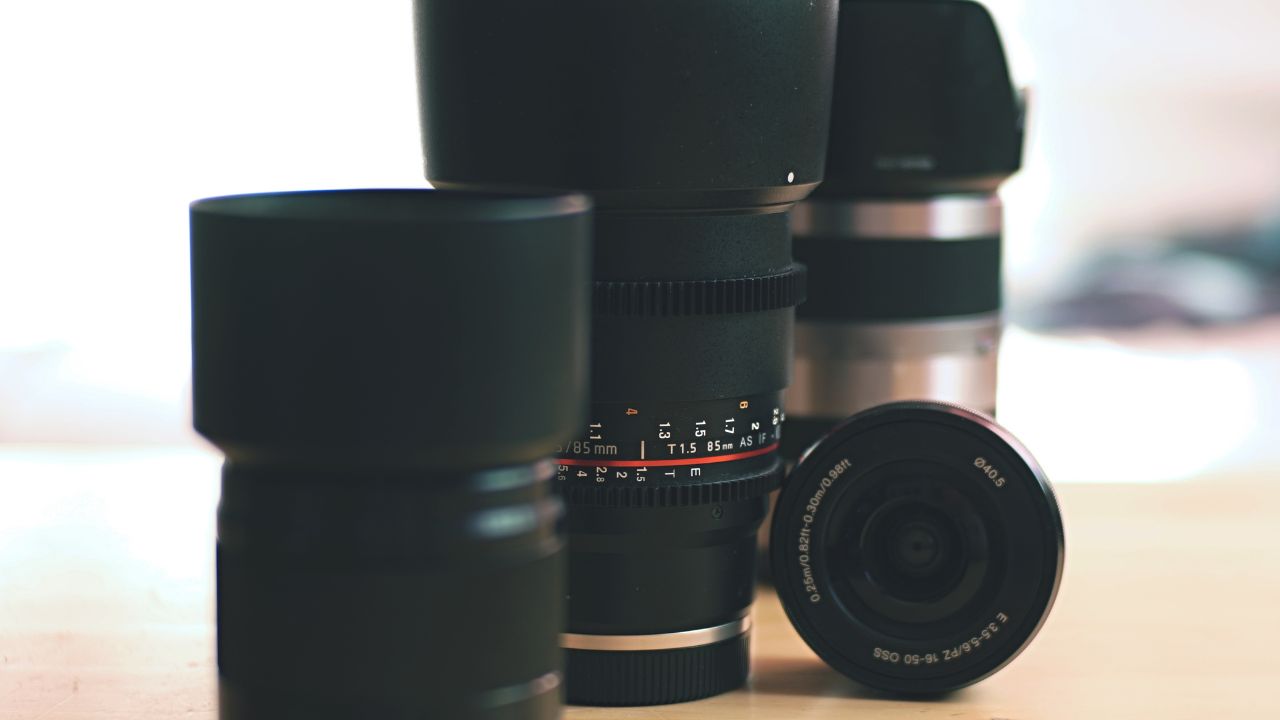DSLR cameras are increasingly popular tools for filmmaking, thanks to their high-quality image sensors, versatility, and affordability. With the right settings and techniques, these cameras can produce stunning cinematic footage that rivals more expensive professional video cameras. In this tutorial, we will explore the essential video settings and techniques that filmmakers can use to create cinematic footage with DSLR cameras.
- Choosing the Right DSLR Camera for Cinematic Filmmaking
The first step in creating cinematic footage with DSLR cameras is to choose the right camera for your needs. While most DSLR cameras are capable of shooting video, not all cameras are created equal. Features like full-frame sensors, high ISO capabilities, and manual control over aperture, shutter speed, and ISO are essential for cinematic filmmaking. Some recommended cameras for cinematic filmmaking include the Canon EOS R5, Sony Alpha a7S III, and Nikon Z6 II.
- Understanding Video Formats and Resolutions
Before starting to shoot, it’s important to understand the different video formats and resolutions available on your DSLR camera. Common video formats include H.264 and H.265, while common resolutions include 1080p and 4K. Higher resolutions typically offer more detail and clarity but require more storage space and processing power. Filmmakers should choose a video format and resolution that fits their needs and the intended viewing platform.
- Setting the Frame Rate and Shutter Speed
The frame rate and shutter speed are critical settings for creating cinematic footage. The frame rate refers to the number of frames captured per second, while the shutter speed determines the amount of time each frame is exposed. A frame rate of 24 frames per second (fps) is standard for cinematic footage, while a shutter speed of 1/50 or 1/48 of a second helps create a natural motion blur. However, filmmakers can experiment with different frame rates and shutter speeds to achieve different effects.
- Controlling Depth of Field with Aperture
One of the most powerful tools for creating cinematic footage with DSLR cameras is the aperture setting. Aperture refers to the size of the opening in the lens through which light passes, and it affects the depth of field (the area in focus) of the shot. A shallow depth of field can help isolate the subject and create a cinematic look, while a deep depth of field can capture more detail in the scene.
- Using Manual Focus and Pulling Focus
Manual focus is essential for achieving precise focus in cinematic footage. Filmmakers can use manual focus to control the depth of field and draw attention to specific elements in the shot. Additionally, pulling focus (changing the focus distance during the shot) can create dramatic effects and draw the viewer’s attention to different parts of the scene.
- Setting the White Balance and Color Profile
The white balance and color profile are critical settings for creating cinematic footage with DSLR cameras. The white balance determines the color temperature of the footage, while the color profile determines the color grading options available in post-production. Filmmakers should choose a white balance that matches the lighting conditions and a color profile that fits their creative vision.
- Using ND Filters and Polarizers
ND filters (neutral density filters) and polarizers are useful tools for controlling the amount of light entering the camera and reducing glare and reflections. ND filters can be used to create a shallow depth of field in bright light conditions, while polarizers can be used to enhance color saturation and contrast.
- Stabilizing Footage with Tripods and Gimbals
Stability is critical for creating professional-looking footage, and using a tripod or a gimbal can make a huge difference. A tripod is a three-legged stand that provides a stable base for the camera, eliminating shaky footage and allowing for smooth panning and tilting. Filmmakers can choose from a range of tripod types, including tabletop tripods, monopods, and full-size tripods, depending on their needs.
Gimbals are handheld stabilizers that use motors and sensors to keep the camera steady while in motion. They are ideal for creating smooth, cinematic shots while walking or running, and can also be used for aerial footage. Gimbals come in various sizes and types, from handheld gimbals to larger ones that attach to drones or vehicles.
When choosing between a tripod and a gimbal, it’s essential to consider the type of shot you want to create. Tripods are great for static shots or slow camera movements, while gimbals are ideal for more dynamic shots or camera movements. Using a combination of both can provide filmmakers with even more flexibility and versatility in their shooting.
- Composing Shots with the Rule of Thirds
The rule of thirds is a composition guideline that can help filmmakers create balanced and visually pleasing shots. According to the rule, the frame is divided into thirds both horizontally and vertically, and important elements of the shot are placed along these lines or at their intersections.
- Using Movement to Create Dynamic Shots
Movement can add visual interest and energy to shots, whether it’s a camera pan, tilt, or tracking shot. Filmmakers can experiment with different types of movement to create dynamic shots that draw the viewer’s attention and add depth to the scene.
- Creating Mood with Lighting
Lighting is a powerful tool for creating mood and atmosphere in cinematic footage. Filmmakers can use natural or artificial light to create shadows, highlights, and contrast that enhance the emotional impact of the shot. Additionally, filmmakers can experiment with different lighting setups, such as low-key lighting or high-key lighting, to achieve different moods.
- Recording Quality Audio with External Microphones
Good audio is just as important as good video in cinematic filmmaking. External microphones can capture high-quality audio and reduce unwanted noise, such as wind or background noise. Filmmakers can choose from a range of microphones, including shotgun microphones, lavaliere microphones, and handheld microphones, depending on their needs.
- Editing Cinematic Footage in Post-Production
Post-production is an essential part of the cinematic filmmaking process. Filmmakers can use video editing software like Adobe Premiere Pro or Final Cut Pro to edit footage, add effects, and color grade. Additionally, filmmakers can experiment with different editing techniques, such as jump cuts or montages, to create unique and impactful films.
Conclusion
In conclusion, DSLR cameras offer filmmakers a versatile and affordable way to create cinematic footage. By understanding the different video settings and techniques available, filmmakers can take their movie shooting to the next level and produce visually stunning films. From adjusting the frame rate and shutter speed to using ND filters and polarizers, every aspect of the camera’s settings can be used to create the perfect shot. With the help of tripods, gimbals, and external microphones, filmmakers can ensure that their footage is smooth, stable, and high-quality.
Additionally, post-production editing allows for endless creative possibilities, enabling filmmakers to add effects, color grading, and editing techniques that bring their vision to life. So, whether you’re a beginner or an experienced filmmaker, mastering DSLR camera settings and techniques can help take your cinematic footage to the next level.



